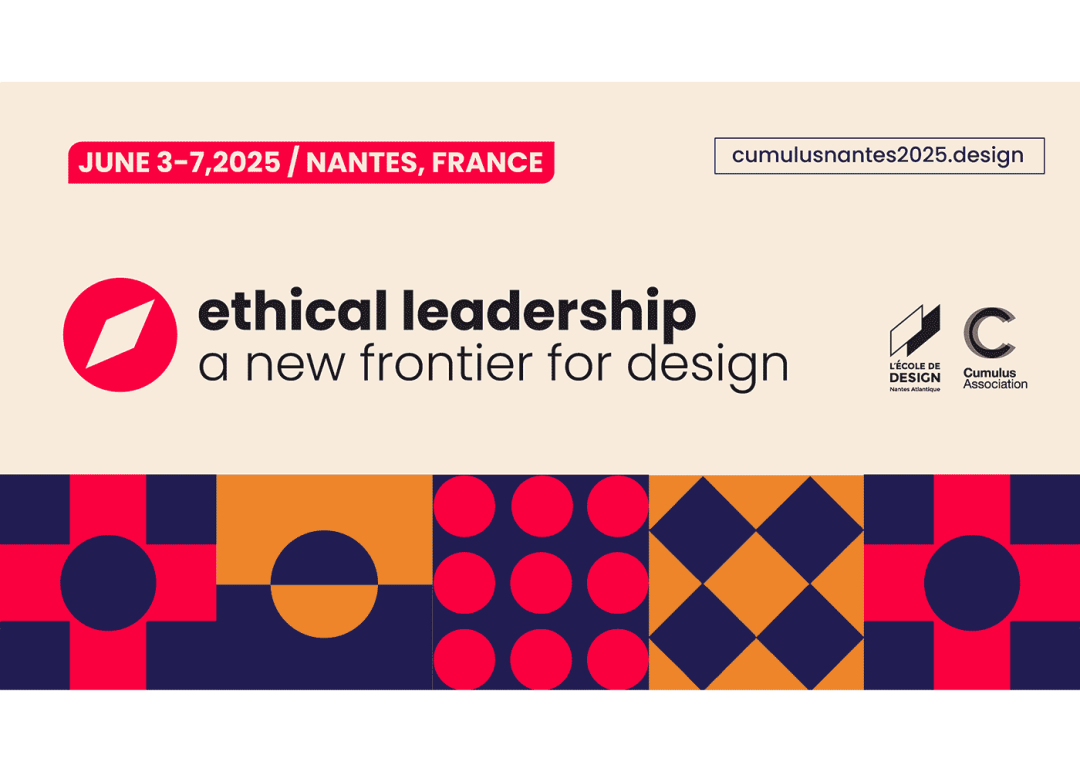Interview of Dr. Joseph Press, Vice Dean NACAA
Dr. Joseph Press has been appointed Vice Dean NACAA, the 1st Chinese-French design institute created by L’École de design Nantes Atlantique and the China Academy of Art.
What is your background?
I am trained as an architect, and completed my master's and PhD at the Massachusetts Institute of Technology (MIT). My purpose, and passion, has always been using design to bring people together in ways that open opportunities to learn and change. This purpose has guided my professional and academic experiences for over 25 years.
My professional experiences with organizations have focused on how to leverage the implementation of new technologies to change our ways of working. Initially as an architect, I designed workplaces where technology improved communication, collaboration and even culture. Later as a management consultant, I designed digital products and services to engage customers with more meaningful experiences. Today I am a humble futurist, applying strategic foresight and speculative design to envision better futures for people, industries and communities.
I have also had the good fortune to explore this purpose in academic settings. My passion for teaching design began in the architecture program at the Bezalel Academy Art. While at MIT, I researched and supported online design education. At Parsons The New School of Design, I co-created one of the first hybrid Strategic Design and Management program. Then in 2016, I joined the Politecnico di Milano, where I co-founded a research lab to investigate how innovation and design engages people for change. Our insights from action research gave me the opportunity to co-author numerous books on how we can use design to imagine a better future, design more meaningful experiences, and engage people for change.
And this is our collective challenge: How do you engage people for change? Now, I'm looking forward to bringing this purpose and my experiences into NACAA.
What is NACAA?
NACAA is an incredibly important initiative because it aims to infuse design entrepreneurialism with cultural significance. The expertise of L'École de design Nantes Atlantique is in applying design in professional settings. The expertise of Chinese Academy of Art is 95 years of artistic and cultural heritage.
By bringing these two institutions together into NACAA, we are creating a unique environment for developing a new generation of designers and entrepreneurs. I believe that by embedding design with cultural significance we can create more sustainable, and economically viable, products and services.
In this setting, and with the objective of contributing to new quality productive forces, NACAA students can expect to develop the skills and mindset to make the world a better place for all.
What are the cultural differences between France and China in terms of design?
My expertise is designing in Western contexts, primarily European, so I look forward to learning about design in China. In my experiences, we tend to focus more on the individual – the user, the designer and more recently, the planet. In my limited understanding of design in China, I would expect balancing these priorities with the needs of the community, and the country.
What's exciting about NACAA is offering students an opportunity to learn from both, to inform their choices as they design a new equilibrium between collective experience and individual expression.
How will NACAA prepare designers of change?
By creating an institution between France and China, between design and art, NACAA aims to educate designers for change in 4 ways. First, is to encourage students to explore why they want to change an existing situation into a preferred future. It is the cultural and community contribution that underlies more meaningful design, and can become a catalyst for change.
The second point concerns what we do, the solutions that we need to design for that preferred future. At NACAA, I anticipate we will explore designing products and services that leverage new technologies and contribute to new productive forces, that, for example, will make an impact on the energy transition.
The third aspect is how do we do co-create. Designers need to make conscious choices on how to actively engage stakeholders, visualize ideas, create prototypes, test, learn, etc etc. Designers need to constantly ask themselves throughout a design process: How can we communicate? How do we critique each other? How can we learn from each other? How can we improve each other? Because design is such a social activity, ultimately it is this design dialogue that is the catalyst for design`s potential to be a lever for transformation.
Finally, the fourth dimension concerns the who. Designers need to understand the stakeholders across all the social systems in play. Learning about the people involved and impact is not just about the who, but also when, how and why we engage them. Let’s not forget about another critical stakeholder in today`s world, the planet.
With these four dimensions, I believe we can prepare designers to apply design as a catalyst for transitioning to a better world.
Why is it important to have international experience as a designer?
In a world with so much to share, yet too much misunderstanding, the importance of learning about others is essential. International experiences expose designers to different cultures, perceptions and needs. The more we learn about each other, the more innovative we can be, the better our designs will be, and the likelihood we can solve our shared problems together.
NACAA aims to educate the next generation of leadership, so crossing geographic boundaries to discover the common ground is fundamental to enabling us to come together as a global community to tackle the challenges we all face and, ideally, to make the world a better place.


News





value and adapt to change



